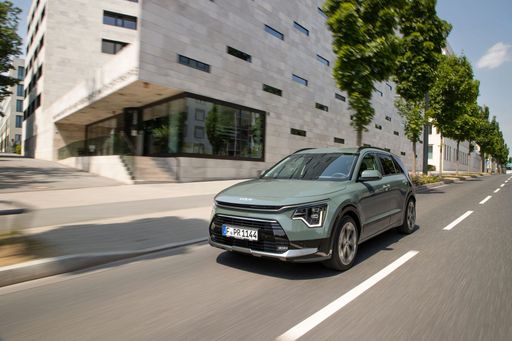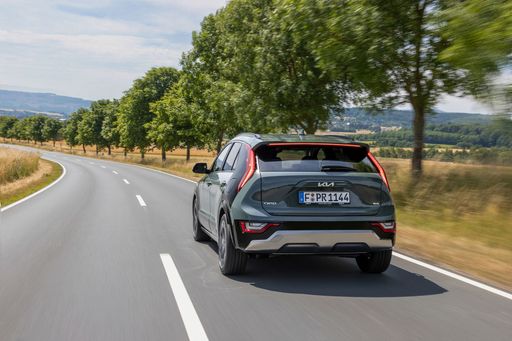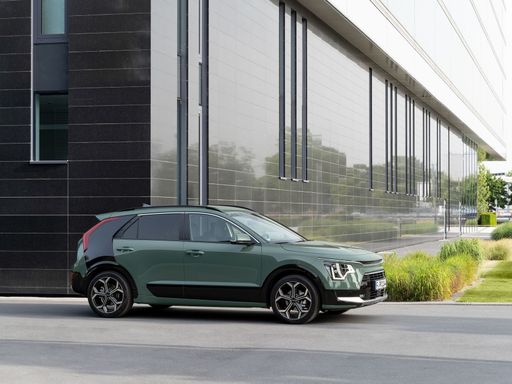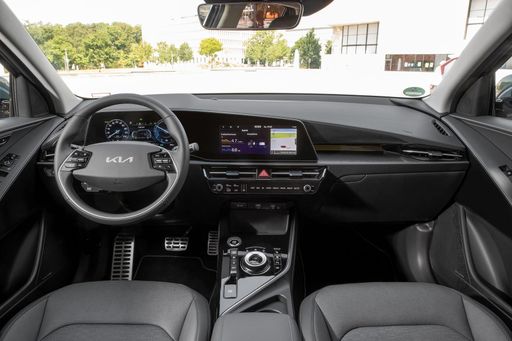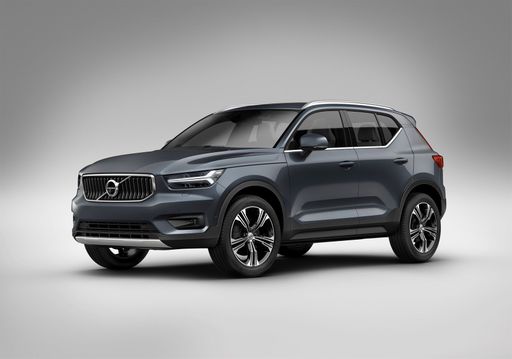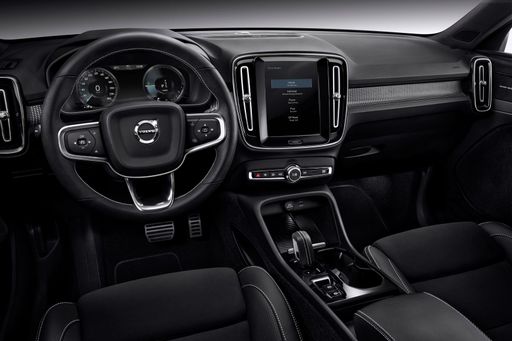Compact SUVs in Focus: Kia Niro vs. Volvo XC40
In the competitive landscape of compact SUVs, two prominent models stand out: the Kia Niro and the Volvo XC40. These vehicles offer distinct approaches to the modern SUV experience, catering to different preferences and needs. With a focus on efficiency, power, and innovation, the 2024 models present a fascinating comparison for potential buyers. Let's explore the key technical aspects and innovations that set these two contenders apart.

